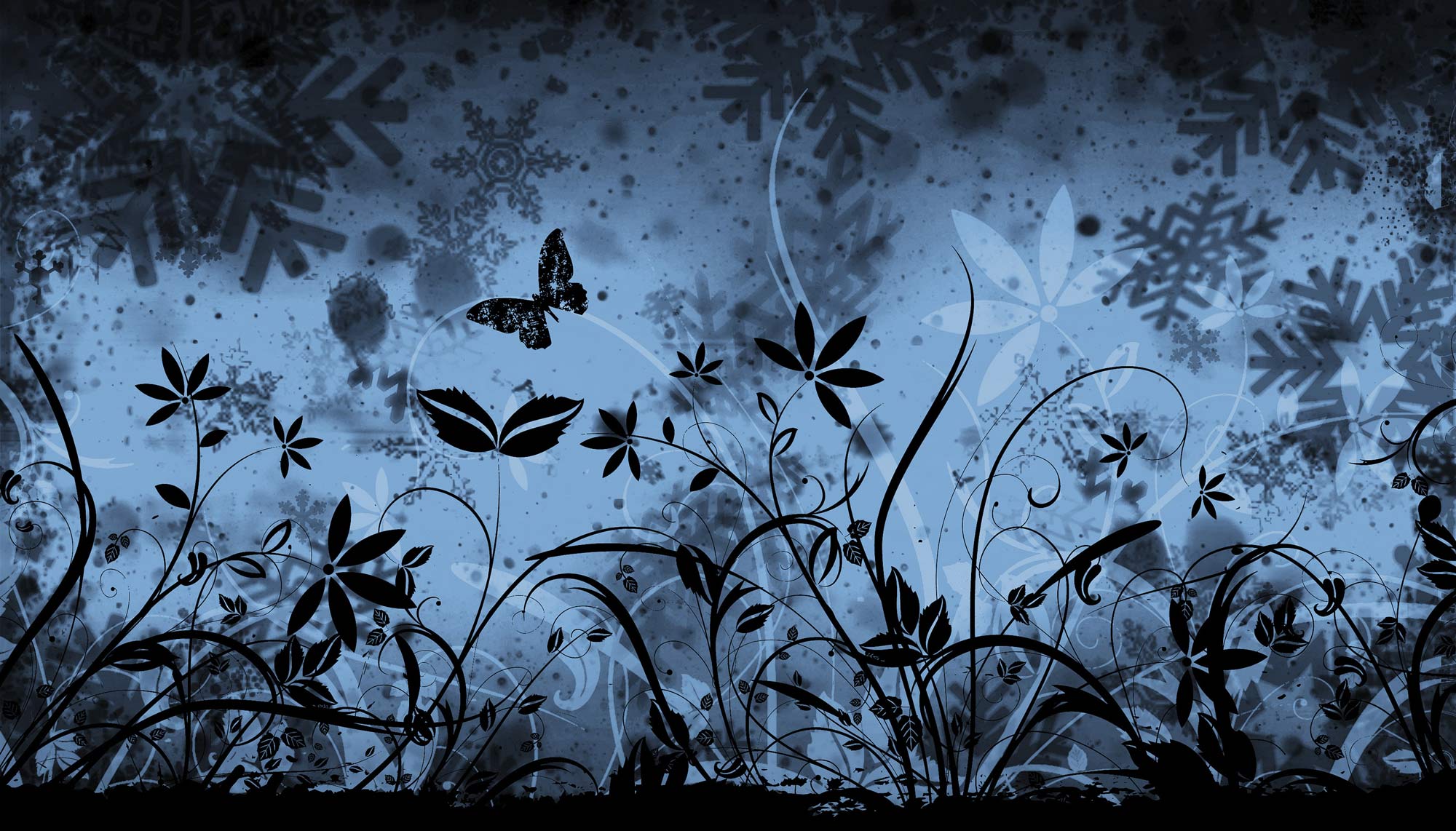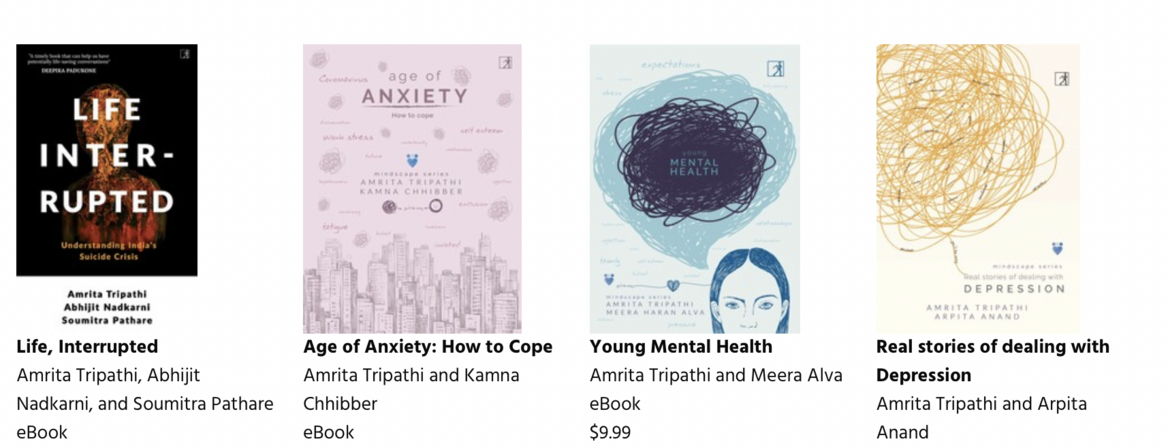Writing this was a hoot! (Well, that's the version I'm sticking with, not the sobbing in a corner while contemplating sales and print runs...wait, what?!)
You can find this on The News Minute right here and do send in your comments @amritat / @thenewsminute or share your stories. (Thanks for those who've already commented saying they share the pain!)
Step 1: Write
You think of a story and decide to write it. Or a story grips you so hard that you don’t know how you’re sleep-walking through the rest of your life, but sleep-walk you must, because this is the story that has to be told. You write it or it writes you. It can be a mystical experience at the best of times, a frustrating one at the worst, but it’s fulfilling, all told.
Which is probably why so many of do it. Folks with the glimmer of an idea, those who want to tell you about the universe, reporters who feel that 2,000 words in print or 20 minutes on television never really did justice to the people they met. Some of us are honouring the flame that’s burning us up inside out. The prestige that comes with it is a nice little bonus.
And then thud, you crash into the real world.
Step 2: Wait out the rejection
Someone will tell you the story is fascinating, but perhaps too intense, so not for them. Someone else says there may be a sliver of a market, but only if you re-write the ending. Or the beginning. And re-name your characters while you’re at it.
Word to the wise? Hold on to all the positive comments you get, even from your boyfriend or grandmother, because they will be the only buffer protecting you and your naked self-esteem in the storm to come.
(Pro tip: Clutch to your heart famous authors’ rejection stories. JK Rowling is a current favourite on social media.)
If you’re lucky enough to have an editor or agent or prospective publisher, or all three, you’ll be ready and privileged to have a book come out, after this series of back and forths.
You will inevitably get sucked into a maelstrom of publicity and marketing. You might downward spiral into self-pity once this round is done, but that’s still about six months away, when you optimistically decide to check on sales.
(Pro tip: For your sanity, try not to check on sales. Or where your book is available, or why it’s not.)
Step 3: Get people to your book launch
You’re lucky if you merit a book launch party, so call everyone you know, at least once. If you’re savvier, email them, message them on FB, put it up on Twitter and invite the world, to ensure that at least half your social circle and professional circle makes it. If you’re a Somebody, they will.
The book launch party is no longer quite as de rigeur these days. Publishers are weighing the costs and benefits, and maybe they’re sick of seeing that one set of free-loading journalists who never write about books anyway… or they’re done with the elderly gentleman no one seems to know, who makes it to each book launch (and may even ask you to sign someone else’s book).
A quick note about why most everyone outside of Delhi hates would-be writers in Delhi. Access. A lot of this schmoozing and networking and bonding is yielding a disproportionate number of publishing contracts. If you meet the same handful of publishers and catch their attention, you’re likely to land yourself a few emails of interest and possibly that elusive contract. But if that’s your big game plan, the joke really is on you, because the amount you make has far less 000’s than you’d imagine. Whether it’s Amish Tripathi or Ramachandra Guha you’ve read about in the news, let’s set the record straight. Your first cheque isn’t likely to cover whatever fancy vacation you had planned.
Step 4: Spread the Word
Once the book goes to print, your real job begins. You’d better get the word out. Gone are the days when a handful of Indian writers did their thing, confident in the gravitational pull their names exerted. We all knew and read Vikram Seth, Salman Rushdie…We were reading Amitav Ghosh and feeling worthy. We knew and loved Ruskin Bond, got to know Arundhati Roy, and so it went.
Then we started to hear about a writer who created the IIT book genre, Chetan Bhagat.
Practically overnight, the dam burst. Bhagat was quickly followed by an improbable series of management types-turned writers, flooding the market, combining their swash-buckling style with slick video trailers and talk of Bollywood interest.
Then came the rom-com titles. Writers who were getting no interest from traditional publishers found Srishti Press and created legions of followers.
Ravinder Singh, who wrote ‘I Too Had a Love Story’, is regularly tweeted by readers who tell him (and those of us who follow him on Twitter) how much they love him or hard they’ve cried. Young writer Nikita Singh meanwhile has eight books to her credit, already. Eight!
Who wouldn’t envy the lakhs of readers they’re said to have? Many of us masochists who are writing because we “have to” are struggling even to sell out 4,000 copies at a go! Oh yeah, that’s the other heart-breaker. With literary fiction, your print run can be even as low as 2,500 copies in this day and age, in this country with a population of 1.2 billion. Print runs by and large remain fairly modest, 2,500 or 5,000 books, with publishers hedging their bets. You know you're big time when 10,000 books and up is the first print run.
Step 5: Keep up the social (media) bombardment
What the commercial, ‘pulp fiction’ or mass market writers know is that selling any product takes investment and some major marketing, and they’re willing to go the whole hog. They start out with power point presentations and target audiences and slick marketing pitches, from what I understand.
It’s this attitude of treating a book as any other commodity that drives purists up the wall. But there’s no question as to who is powering sales at publishing houses. Lit fiction titles are the prestige list. (Almost like a consolation prize!)
If you’re not doing any of this and you’re not buying ad space, how do you get the word out about your book? You have to rely on reviews in a dying piece of real estate — magazines and newspapers. So you hustle. You make the rounds of those parties, looking for that dying breed known as a Book Editor. You ask whoever you can, neighbour, auntie or cousin at a newspaper or magazine. You do all the social media you can manage, ever more shamelessly, till you pretty much end with a Buy me! plea. Meanwhile, the over-worked publicist at your publishing house is trying to think of ways to pitch your book and align with a news peg.
(Pro tip: If she’s not, you’d better be doing the same!)
Then there’s the matter of the small incestuous social circle. Often the reviewer will either know a writer they’re reviewing, or have grown up with their little brother or be related to their mother’s cat or …there might be an intense rivalry we know nothing about. I don’t know why we don’t do disclaimers. (There was this brouhaha recently about a glowing review Amit Chaudhuri did in The Guardian for his former student and colleague Anjali Joseph.)
But social media has up-ended the traditional game. Reader reviews on Amazon or Twitter feedback with the right hash tag can go a long way. The flip side is that it can also lead to attacks like the troll army on journalist Barkha Dutt’s This Unquiet Land, and their campaign to get her a 1 star average review.
At the end of the day, readers really are the best judge. But as writers, we increasingly have to do what it takes to get your attention. We will ask our friends, colleagues, acquaintances, and random strangers waiting at street lights to review us on Amazon.
A few stars and a comment, is that too much to ask for?
Amrita Tripathi is a freelance journalist who writes contemporary fiction. She is the author of ‘Broken News’ and ‘The Sibius Knot’, two novels she’s not done entreating you to buy.

